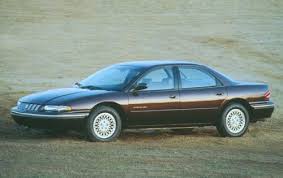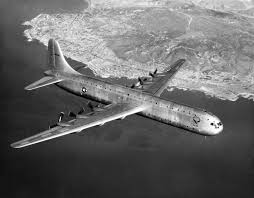
Introduction
Fighter aircraft play a crucial role in modern military operations, serving as the first line of defence in air superiority campaigns. With advancements in technology and warfare strategies, the development of fighter aircraft has become more significant than ever, ensuring nations maintain a robust aerial defence. Recent global conflicts and geopolitical tensions have placed a spotlight on the need for advanced fighter capabilities, making this topic increasingly relevant.
Recent Developments in Fighter Aircraft
In 2023, military aviation has seen a surge in the development and procurement of fighter aircraft worldwide. Notably, the United States has continued to lead in the production of advanced stealth fighters. The F-35 Lightning II program remains at the forefront, showcasing advanced avionics, stealth capabilities, and versatility in combat operations. In September 2023, the Pentagon announced a significant increase in F-35 orders following successful evaluations during multinational exercises.
In Europe, the Tempest fighter jet project is making strides, with the UK, Sweden, and Italy collaborating to develop a sixth-generation aircraft that promises enhanced capabilities, including unmanned systems and artificial intelligence integration. The aircraft aims to enter service by 2035, representing a significant leap in aerial combat technology. Furthermore, the Eurofighter Typhoon continues to receive upgrades to its systems, allowing it to stay competitive in the evolving landscape of fighter aircraft.
Challenges Faced by Fighter Aircraft Programs
Despite the advancements, several challenges persist within the fighter aircraft domain. Budget constraints, geopolitical tensions, and increasing costs of research and development are affecting nations’ acquisition plans. Additionally, the competition from unmanned aerial vehicles (UAVs) poses a strategic challenge. While UAV technology is rapidly advancing, many military experts assert that fighter pilots remain irreplaceable in terms of decision-making and adaptability in combat situations.
Future Outlook
The future of fighter aircraft will likely pivot towards greater integration of technology and international partnerships. As nations collaborate on defence projects, the trend of developing next-generation fighters equipped with advanced combat systems is expected to accelerate. The increasing focus on sustainability may also influence design and operational strategies, with future aircraft anticipated to employ eco-friendlier technologies.
Conclusion
Fighter aircraft remain an essential component of national defence strategies. As nations continue to invest in advanced designs and technologies, the landscape of aerial combat will undoubtedly evolve. The significance of these aircraft in maintaining air superiority and addressing modern threats cannot be overstated, making ongoing developments in this sector a topic of great interest for military analysts and enthusiasts alike.
You may also like

The Legacy of Concorde: A Journey Through Supersonic Travel

Understanding Air Force One Plane: Significance and History
